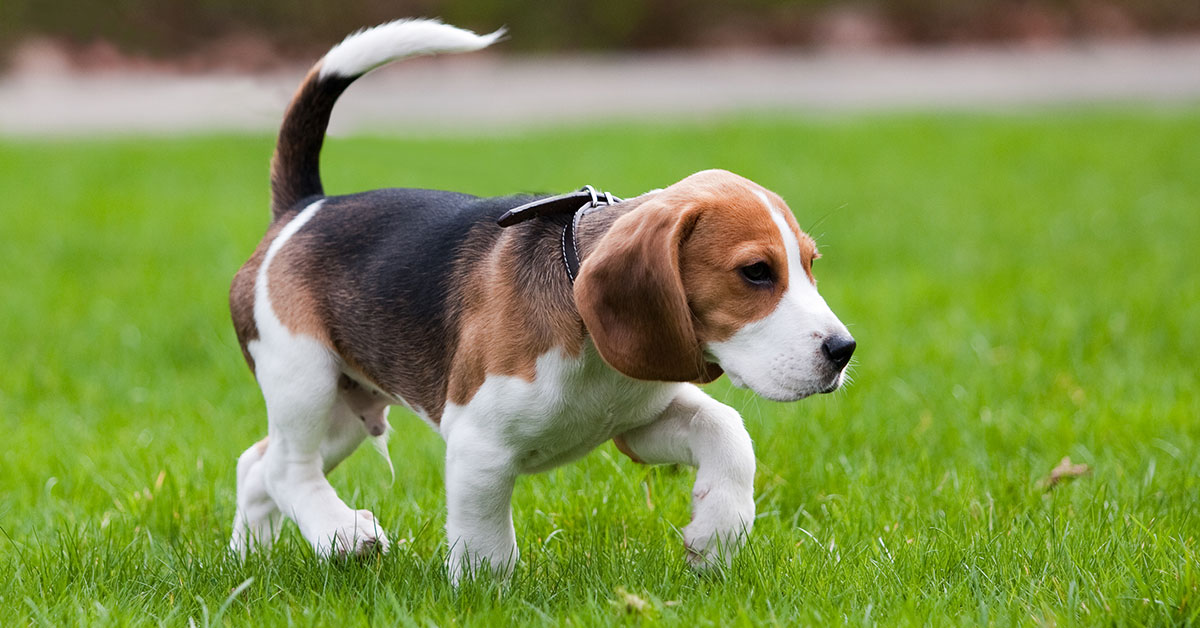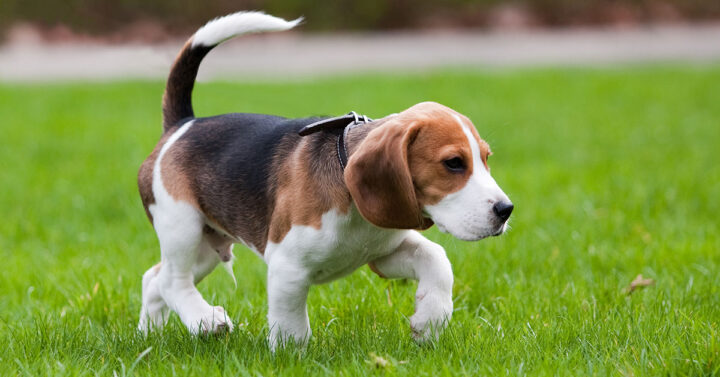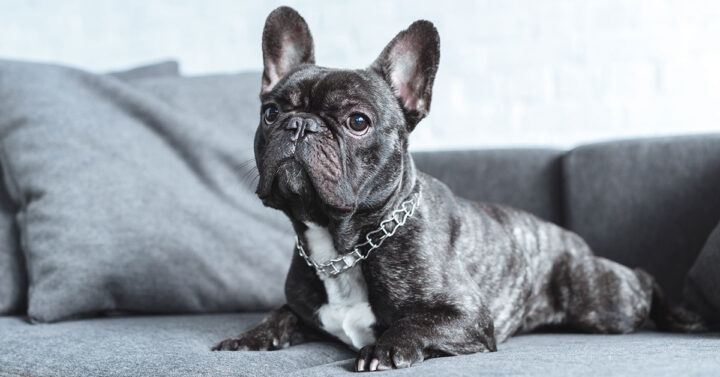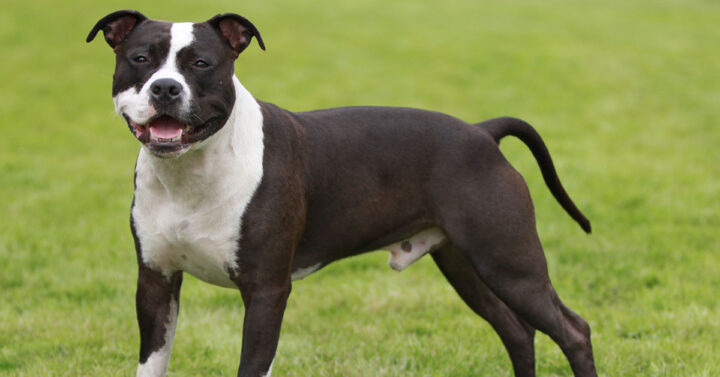Introduction
Often seen with a wagging tail and an inquisitive nose, the Beagle is a breed that has captured the hearts of many Australians.
This section will provide a foundational understanding of the Beagle, setting the stage for the deeper dive that follows.
Overview of the Beagle Breed
The Beagle is a small to medium-sized hound breed, originally bred for hunting purposes. Today, these dogs are popular pets, valued for their friendly nature, curiosity, and intelligence.
They are well-suited for families, singles, and seniors alike.


Why Beagles Are Loved in Australia
Beagles are incredibly adaptable dogs, making them well-suited for the various climates found across Australia.
Their social and outgoing nature also aligns well with Australia’s outdoor lifestyle, whether it’s a day at the beach or a walk in the bush.
History of the Beagle
The rich tapestry of the Beagle’s history provides insight into their characteristics and behaviour today.
Delving into their past, we can better appreciate the journey of this breed from hunting companion to a beloved household pet.
Origins and Evolution
The Beagle’s history traces back to Roman times when hounds similar to today’s Beagles were used for hunting small game.
Over the centuries, the breed has evolved but has always been a favourite for its keen sense of smell and tracking abilities.
Beagles in Australia: A Historical Perspective
Beagles were introduced to Australia in the 19th century and quickly gained popularity as both working dogs and family pets.
They have been involved in various roles, from hunting to detection work, and continue to be a popular choice among dog lovers in the country.
Physical Characteristics
Distinct in appearance with soulful eyes and droopy ears, the Beagle’s physical attributes are both functional and endearing.
In this section, we’ll examine the unique features that make a Beagle easily identifiable in a crowd of canines.
Size and Build
Beagles are typically between 33-40 centimetres (13- 16 inches) tall at the shoulder and weigh between 6-14 kilograms (18-30 pounds). They possess a sturdy build, with short legs and a sleek, yet muscular body.
Coat and Colour Varieties
The Beagle’s coat is short, dense, and weather-resistant, requiring minimal grooming. They come in various colour combinations, including tricolour, red and white, lemon and white, and more.
Distinct Facial Features
One of the most charming aspects of the Beagle is its expressive face.
With dark brown or hazel eyes, a square-cut muzzle, and long ears, their appearance is both endearing and functional, aiding in their scenting abilities.


Personality Traits
A dog’s personality can make or break its relationship with its human counterparts.
The Beagle, with its jovial and spirited nature, often forms deep bonds with its family. Let’s delve into the psyche of this playful hound.
Friendly and Social Nature
Beagles are known for their friendly and sociable demeanour. They typically get along well with other dogs and are excellent with children, making them ideal family pets.
Intelligence and Trainability
Beagles are intelligent dogs but can be a bit stubborn. Training should begin early and be consistent. Positive reinforcement techniques work best for this breed.
Exercise Needs
Being an active and energetic breed, Beagles require regular exercise to keep them healthy and happy. A good mix of indoor play and outdoor activities is ideal for this breed.
Health and Wellbeing
Being aware of potential health issues and proactive care can lead to a longer, happier life for your Beagle. This section covers some common health concerns and preventive measures for this breed.
Common Health Issues
Beagles are generally a healthy breed but are prone to certain genetic conditions like hip dysplasia, epilepsy, and hypothyroidism. Regular veterinary check-ups are essential for maintaining good health.
Dietary Requirements
Beagles have a strong appetite and can be prone to obesity if not managed correctly. A balanced diet, portion control, and regular exercise are essential for this breed.
Foods rich in protein and low in fillers are generally recommended.
Exercise and Mental Stimulation
Physical exercise alone isn’t enough; Beagles also require mental stimulation. Interactive toys, puzzle feeders, and scenting games can help keep their minds sharp and engaged.
Beagle Care in the Australian Climate
Beagles are a versatile breed that can adapt to different climates, but certain considerations should be made when caring for one in Australia’s unique weather conditions.
In this section, we’ll explore how to ensure your Beagle stays comfortable and healthy throughout the year.
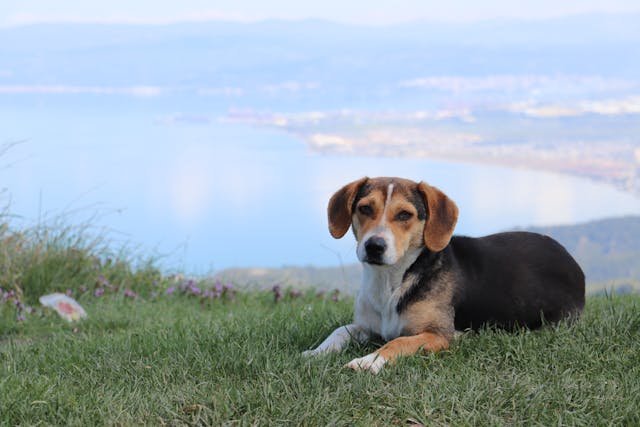

Adapting to Various Weather Conditions
While Beagles are adaptable, the Australian climate can be challenging, ranging from hot summers to chilly winters.
Providing shade, fresh water, and indoor cooling during hot months, along with adequate warmth during colder times, is vital for their well-being.
Outdoor Activities Suited for Australian Beagles
Given Australia’s outdoor culture, Beagles can partake in numerous activities such as beach outings, hiking, and even dog sports like agility.
Always remember to provide plenty of water and take appropriate precautions in extreme temperatures.
Grooming and Maintenance
Regular grooming not only helps your Beagle look its best but also plays a crucial role in its overall health. By understanding their specific grooming needs, you ensure a happy and healthy pup.
Brushing and Bathing
Beagles require minimal grooming. A weekly brush will usually suffice, and baths are generally only needed when the dog is dirty.
However, their ears do require regular checking and cleaning to prevent infections.
Ear Care
Due to their floppy ears, Beagles are prone to ear infections. Regular cleaning with a vet-approved ear cleaner can help keep this issue at bay.
Nail Trimming
Like all dogs, Beagles also need their nails trimmed regularly. Overgrown nails can lead to discomfort and long-term issues with their paws and posture.
Training Your Beagle
Training is an essential part of any dog’s life, and Beagles, with their sharp minds and energetic nature, are no exception.
Proper training can help channel their energy positively and strengthen the bond between the dog and its owner.
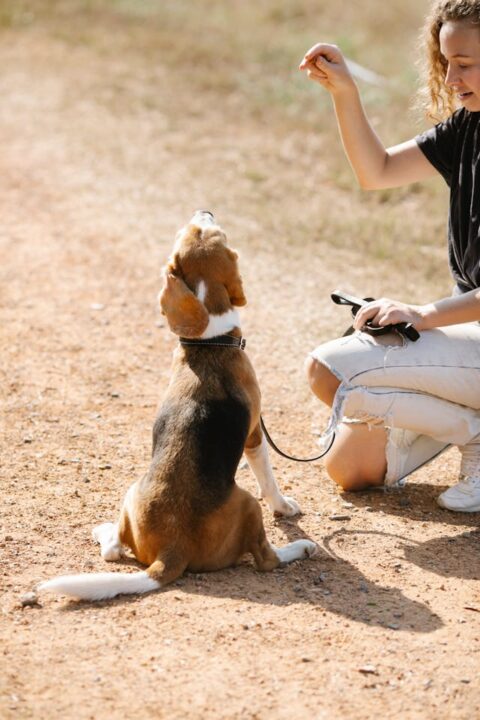

Basic Commands
Training should start as early as possible and include basic commands like ‘Sit,’ ‘Stay,’ ‘Come,’ and ‘Heel.’ Consistency and positive reinforcement are crucial for Beagles.
Behavioural Training
Beagles can exhibit problematic behaviours like digging or excessive barking if not adequately trained. Behavioural training, ideally starting at a young age, can help manage these tendencies.
Socialization Tips
Beagles are naturally social dogs but benefit from early socialization. Exposure to various environments, animals, and people can help them grow up to be well-rounded adults.
Activities and Games for Beagles
Keeping your Beagle engaged and active is vital for its physical and mental well-being. Australia offers a plethora of activities that are perfect for this breed’s adventurous spirit.
Outdoor Adventures
Beagles love to explore, and Australia offers a plethora of outdoor adventures for them. Whether it’s a hike in the Blue Mountains or a day on a Gold Coast beach, your Beagle will be up for the adventure.
Interactive Toys and Games
Interactive toys that stimulate their mind can be a great addition to your Beagle’s daily routine. Puzzle feeders, for example, not only provide mental stimulation but also manage their strong appetite.
Organized Beagle Events in Australia
Several Beagle clubs and organizations across Australia hold events, ranging from social meetups to more organized activities like tracking trials.
Participating in these can be a fantastic way to socialize your Beagle and meet like-minded owners.
Adopting a Beagle in Australia
Adopting a Beagle is a rewarding experience, offering a lifetime of companionship.
Whether you’re considering adopting or buying, it’s important to know what to expect and how to choose the right dog for your lifestyle.


Where to Find a Beagle
You can adopt a Beagle from various sources including breed-specific rescues, general animal shelters, and reputable breeders.
Each source has its pros and cons, and it’s important to do your research before making a decision.
Costs Involved
Beagle prices can vary significantly depending on the source. Adoption fees are generally lower compared to buying from a reputable breeder which can be more expensive.
Adoption vs. Buying from a Breeder
Adoption is a wonderful option if you’re looking to provide a home to a Beagle in need. However, buying from a breeder may allow you more predictability in terms of health and behavioural traits.
Each choice has its merits and should be considered carefully.
Legal and Regulatory Requirements
When you own a Beagle in Australia, there are specific legal and regulatory requirements to keep in mind. These are in place to ensure the safety and well-being of both pets and the public.
Registration and Microchipping
In Australia, it’s mandatory to register your Beagle with your local council and have them microchipped. This aids in the identification if your pet is lost and is crucial for legal ownership.
Local Laws Affecting Dog Ownership
Be sure to familiarize yourself with local laws and regulations regarding dog ownership. This could include leash laws, barking ordinances, and any breed-specific legislation.
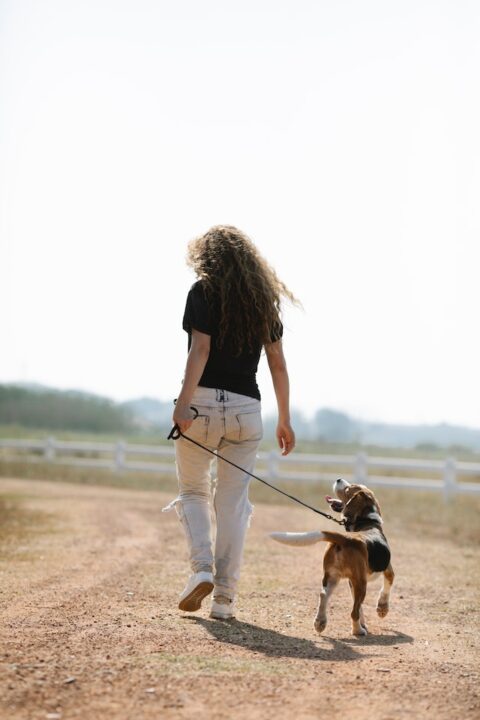

Conclusion
As we come to the end of this comprehensive guide, let’s take a moment to reflect on the joy and responsibility of owning a Beagle in Australia.
From understanding their history to their grooming needs, we hope this guide has been helpful.
Summing Up the Joy of Owning a Beagle in Australia
Owning a Beagle in Australia can be a rewarding experience, filled with adventure, love, and companionship.
This breed’s adaptability, friendliness, and intelligence make it an ideal choice for families, singles, and seniors alike.
However, like all pets, Beagles do require commitment in terms of time, exercise, and care. So, if you’re prepared to offer these, a Beagle can become a wonderful addition to your Australian household.

